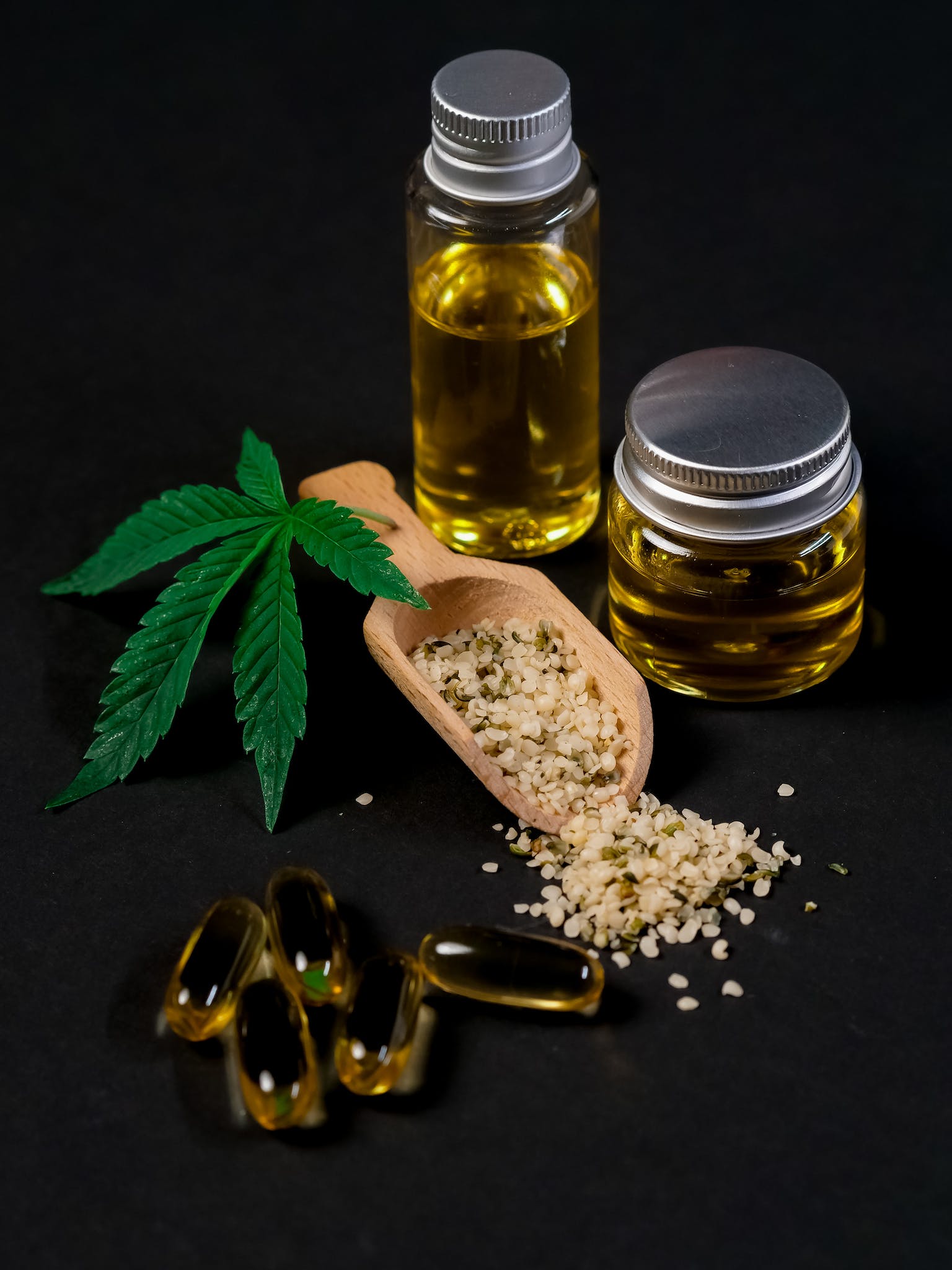The Wonders of Hemp: A Sustainable Solution for the Future

Hemp, often associated with its psychoactive cousin marijuana, has been cultivated for over 10,000 years for a variety of uses. From textiles to food, and from construction to biofuel, hemp is a versatile and sustainable crop that offers a myriad of benefits. In this post, we’ll explore the wonders of hemp and why it deserves a prominent place in our sustainable future.
1. A Brief History of Hemp
Hemp has been used by civilizations around the world for millennia. Ancient Chinese texts mention the use of hemp for ropes and textiles as far back as 2800 BCE. The plant made its way to Europe around 1200 BCE and was a staple crop in colonial America. Despite its rich history, hemp faced a decline in the 20th century due to its association with marijuana and the rise of synthetic fibers. However, with growing interest in sustainability, hemp is making a comeback.
2. Environmental Benefits
Hemp is a champion when it comes to environmental sustainability:
- Soil Health: Hemp has deep roots that aerate the soil, preventing soil erosion. It also naturally reduces pests, eliminating the need for harmful pesticides.
- Carbon Sequestration: Like all plants, hemp absorbs CO2 from the atmosphere. But due to its rapid growth rate, hemp is particularly efficient at carbon sequestration, helping combat climate change.
- Water Efficiency: Hemp requires significantly less water than many traditional crops, making it a great choice for water conservation.
3. Versatility of Use
Hemp can be used in a variety of ways:
- Textiles: Hemp fibers are strong, durable, and biodegradable. They can be used to make clothing, shoes, and even bags.
- Food: Hemp seeds are a rich source of protein, omega-3 fatty acids, and other essential nutrients. They can be consumed raw, ground into flour, or pressed into oil.
- Construction: Hempcrete, made from hemp Curds and lime, is a sustainable alternative to concrete. It’s lightweight, insulating, and resistant to pests.
- Biofuel: Hemp can be converted into biodiesel and ethanol, offering a renewable energy source.
4. Economic Potential
With its versatility, hemp offers a plethora of economic opportunities. As the demand for sustainable products grows, industries centered around hemp can create jobs and stimulate local economies. From farmers to manufacturers, the hemp industry has the potential to support countless livelihoods.

5. Separating Hemp from Marijuana
One of the major roadblocks to hemp’s widespread adoption has been its association with marijuana. While both belong to the Cannabis sativa species, they are distinct strains. Hemp contains less than 0.3% THC (the psychoactive compound found in marijuana), making it impossible to get “high” from hemp. It’s essential to understand this distinction and focus on hemp’s industrial and environmental potential.
Hemp is more than just a plant; it’s a symbol of a sustainable future. As we grapple with the challenges of climate change, resource depletion, and environmental degradation, hemp offers solutions that are both eco-friendly and economically viable. By embracing hemp, we can pave the way for a greener, more sustainable world.
Check Out our Leafly Page!








